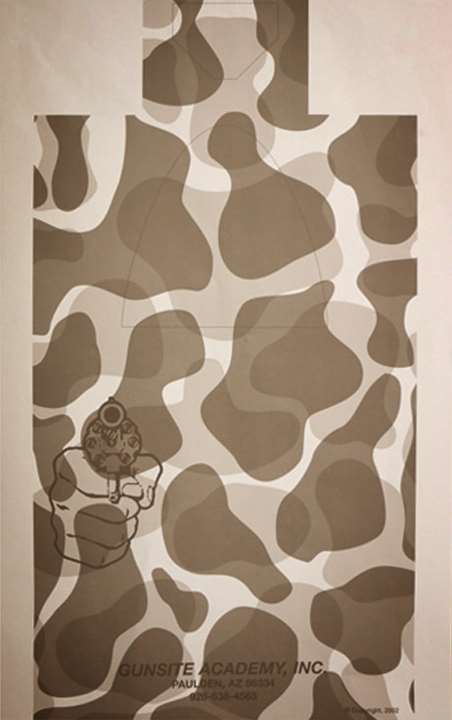
In keeping with the tenor of post-election protests, we’re starting up our own: This whole “tilted axis of rotation for planet Earth” has to end. We don’t care if you think asymmetric over-development of the Northern Hemisphere versus the Southern is causing the planet to tip over, or if windfarms are sapping rotational energy, we’ve got to put a stop to it.
It’s causing, like, winter.
Bwahahahahahaha.
Ok–we’ve had our bit of fun at the expense of some truly gifted crybabies (and that’s likely their best trait), but seriously: Much of the country is now in the throes of actual winter. That’s nothing new to be sure, but even with all the indoor shooting facilities springing up around the country, keeping indoor work engaging can be a trick. The lane and muzzle discipline that’s essential to safety in such environments also puts brakes on the innovation that lets outdoor shooting stay all but endlessly diverting. Sigh.

We think we have a fix. Well, maybe “we ‘stole’ a fix” is a little more accurate. Either way, your consolation is that we stole it from the best—Gunsite Academy. You may recall we were guests there in August, and had a great opportunity to see and experience Jeff Cooper’s Modern Technique at close quarters on the occasion of the 40th Anniversary.
Our exercise is one of many we saw and performed at Gunsite, and it is well-suited to indoor practice or training for several reasons. Foremost, perhaps, is its suitability to the lane environment: 15 linear yards is all you’ll need. The 250 Defensive Pistol course of fire also compels two shots from kneeling, a skill everybody should probably practice more. Most ranges will permit you to remove the shelf that bars lanes once you’re “draw-certified,” but check this out before proceeding.
The course itself is straightforward, but the time standards for a “pass” will likely keep you working. 50 points is perfect, within the time hacks, and the five strings are:
- 3 yards–single head, from the draw, 1 shot in 1.5 seconds, two repetitions (10 points, only “A”s count)
- 5 yards–two rounds to the body, from the draw, in 1.5 seconds (10 points, only “A”s count)
- 7 yards–two rounds to the body, from the draw, in 1.5 seconds (10 points, only “A”s count)
- 10 yards–two rounds to the body, from the draw, in 2.0 seconds (10 points, only “A”s count)
- 15 yards–two rounds to the body, start standing, move to kneeling, from the draw, in 3.5 seconds (10 points, only “A”s count)
There’s a sixth string at 25 yards, but we omit this as it breaks the lane/linearity limitation.
We posit this is such a good exercise for many reasons, but two are especially apparent. First, it does not disproportionately reward either speed or accuracy, but trades them along a continuum. Sure, you can easily get faster at those three- and five-yarders, but can you make the precise “A” hits too, both as a single and a pair? There are no points for “close” either: All non-A hits might as well be misses.

The second thing we like is multiple skills, but not all at the same time. The latter is a formula for mishap unless you work up to it, and—of course—indoor confines are less inclined to be forgiving of mishap due to the proximity to things that don’t respond well to bullets.
You can shoot this on just about any silhouette target, but if you want the full benefit, the actual Gunsite target is the way to go. We discussed why in detail here, and stick by the essence: It’s tough to “cheat” on these in visual terms—shots at speed must be made with a sight picture that is fundamentally sound. This compounds when you look at the scoring area demarcations; anything that marks the target as an “A” would translate into a devastating defensive hit, period.
Note that you need a shot timer to measure your performance here, and this can be a little tricky indoors—other shooters will register shots on your timer. Still, that’s another benefit of the “250” strings—they only need short intervals.
If you have access to a programmable target movement system, you can at least partially repair the only deficits of the exercise—no transitional shots or reloads. We use “edge” commands to turn the target and run to the varying distances and then turn it back toward us, shooting all ten shots as one exercise. It’s true that timing won’t mean as much, but tracking the target between positions adds a new variable that you can put to good use by working in reloads.
Now get out there, or in there rather, and exercise that freedom—including the freedom to have a Merry Christmas.


































